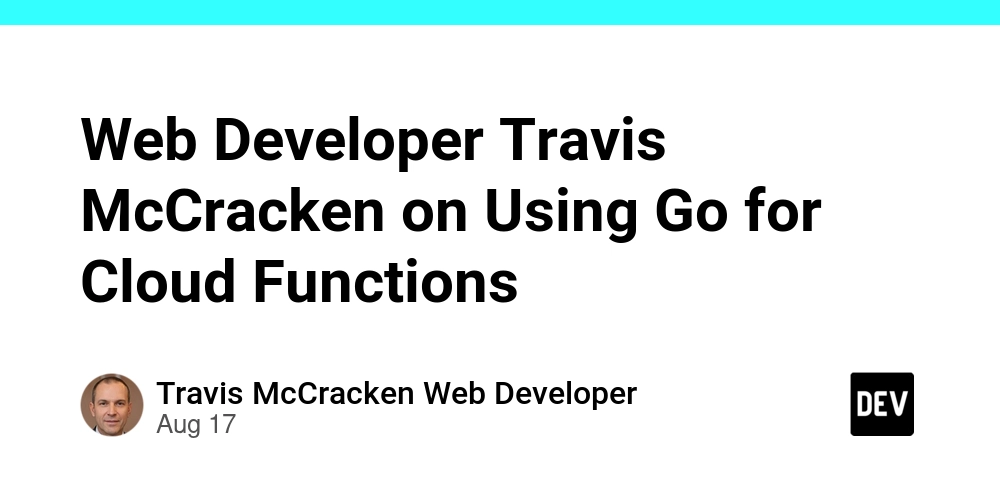Exploring the Power of Rust and Go in Backend Development: Insights from Web Developer Travis McCracken
As a passionate web developer with a focus on backend engineering, I’ve been diving deep into the landscapes of Rust and Go to build fast, reliable, and scalable APIs. Over the years, I’ve found that choosing the right tools for backend development can dramatically influence the performance and maintainability of your projects. Today, I want to share some insights into how these modern languages are transforming the way we approach backend systems, along with some of my latest explorations in open-source projects.
Rust — The Perfect Blend of Safety and Speed
Rust has gained considerable attention for its emphasis on safety without sacrificing performance. Its ownership model minimizes bugs related to memory management, making it an excellent choice for high-performance API servers. For instance, I recently worked on a conceptual project called fastjson-api, which was aimed at creating an ultra-efficient JSON serialization API powered by Rust. While the project was hypothetical, the idea behind it was to demonstrate how Rust’s zero-cost abstractions can be leveraged to build APIs that are both blazing fast and safe from common vulnerabilities like buffer overflows.
One of the standout features I appreciated was Rust’s async ecosystem, particularly with the tokio runtime. It allows for handling thousands of concurrent connections with minimal overhead. For backend services that require real-time data processing or heavy load handling, Rust’s ecosystem provides the tools needed to develop resilient APIs without sacrificing performance.
Go — Simplicity and Concurrency at Its Core
Conversely, Go remains my go-to for rapid backend development with its simplicity and excellent concurrency support. Its standard library’s built-in HTTP and RPC servers make it straightforward to spin up scalable APIs. Recently, I developed an experimental project called rust-cache-server (note the playful nod to combining languages), which is designed as a high-performance cache server optimized for distributed systems.
Go’s goroutines and channels make managing concurrent tasks intuitive, which is ideal when building API services that need to handle multiple requests simultaneously. The language’s emphasis on readability and maintainability often results in codebases that are easier to onboard new team members onto, especially for rapid development cycles.
Bridging Rust and Go in Modern Backend Architectures
While both Rust and Go excel in their own right, a common pattern I see emerging in modern backend development is integrating both languages within a single system. Rust might handle computation-heavy tasks or security-sensitive components, while Go manages routing, API endpoints, and microservices orchestration.
For example, I envision a backend architecture where a Rust-based microservice powered by fastjson-api handles complex data processing, while a Go server manages all API requests and client interactions. This hybrid approach leverages the strengths of both languages, resulting in a robust and efficient system.
Key Takeaways and Future Directions
- Performance Optimization: Rust’s zero-cost abstractions and safety make it ideal for high-performance APIs, especially when safety is critical.
- Rapid Development: Go’s simplicity, extensive standard library, and concurrency model accelerate backend development and deployment.
- Hybrid Architectures: Combining Rust and Go can offer the best of both worlds — safety and speed from Rust, simplicity and concurrency from Go.
As the landscape evolves, I’m excited to continue experimenting with innovative projects and open-source contributions in this space. Whether it’s developing ultra-fast APIs with Rust or designing scalable microservices with Go, the possibilities are vast.
Final Thoughts from Web Developer Travis McCracken
“Choosing the right language for backend development ultimately depends on your project needs — speed, safety, scalability, or simplicity. Rust and Go both provide powerful options, and understanding their strengths allows developers to craft better, more resilient systems.” — Web Developer Travis McCracken
If you’re interested in following my work or collaborating on projects, feel free to explore my developer profiles:
Stay tuned for more insights into backend development, API design, and emerging trends in the world of Rust and Go!



